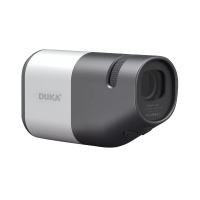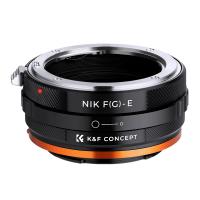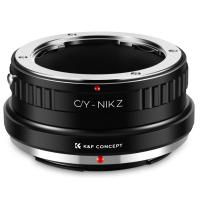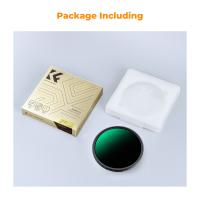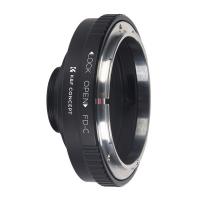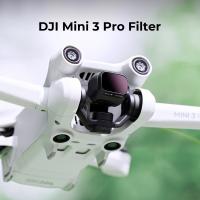When Was Surveillance Cameras Invented ?
Surveillance cameras were invented in 1942 by German engineer Walter Bruch.
1、 Early camera obscura and pinhole camera experiments (ancient times)
Surveillance cameras, as we know them today, have a long history that can be traced back to ancient times. The concept of capturing images through a camera obscura or pinhole camera can be considered the earliest form of surveillance. These early devices were used to project images onto a surface, allowing people to observe and document their surroundings.
The camera obscura, which means "dark room" in Latin, was first described by the ancient Chinese philosopher Mozi in the 5th century BCE. It consisted of a darkened room or box with a small hole on one side. Light passing through the hole would create an inverted image of the outside scene on the opposite wall or surface. This technique was later adopted by ancient Greek and Arab scholars, who further developed the concept.
Pinhole cameras, another precursor to modern surveillance cameras, were also used in ancient times. These cameras were essentially boxes with a small hole on one side and a photosensitive material on the other. When light passed through the hole, an image would be formed on the photosensitive surface. Ancient Chinese and Arab scholars experimented with pinhole cameras to study optics and capture images.
It is important to note that these early camera obscura and pinhole camera experiments were not specifically designed for surveillance purposes. They were primarily used for scientific and artistic endeavors. The idea of using cameras for surveillance emerged much later in history.
The modern concept of surveillance cameras, as we know them today, began to take shape in the mid-20th century. The first closed-circuit television (CCTV) system was installed in Germany in 1942 to monitor the launch of V-2 rockets. However, it was not until the 1960s that surveillance cameras started to be used more widely for security purposes.
Since then, surveillance cameras have become increasingly prevalent in public spaces, businesses, and homes. Technological advancements have led to the development of more sophisticated and efficient surveillance systems, including digital cameras, facial recognition software, and networked surveillance systems.
In conclusion, while the concept of surveillance cameras can be traced back to ancient times through early camera obscura and pinhole camera experiments, the modern form of surveillance cameras emerged in the mid-20th century. The continuous advancements in technology have revolutionized the field of surveillance, making it an integral part of our daily lives.

2、 First practical surveillance camera by Walter Bruch (1942)
The first practical surveillance camera was invented by Walter Bruch in 1942. Bruch, a German engineer, developed the camera for the purpose of monitoring the launch of V-2 rockets during World War II. This early surveillance camera was a closed-circuit television (CCTV) system that allowed for real-time monitoring of the rocket launches from a safe distance.
Since then, surveillance cameras have come a long way in terms of technology and usage. In the decades following Bruch's invention, surveillance cameras became more widely adopted for various purposes, including security, traffic monitoring, and crime prevention. With advancements in digital technology, surveillance cameras have become smaller, more affordable, and capable of capturing higher quality images and videos.
Today, surveillance cameras are ubiquitous in many public spaces, commercial establishments, and even residential areas. They serve as a deterrent to crime, aid in investigations, and provide valuable evidence in legal proceedings. However, the increasing prevalence of surveillance cameras has also raised concerns about privacy and civil liberties.
In recent years, there has been a growing debate about the ethical implications of widespread surveillance. Critics argue that constant monitoring infringes upon individuals' right to privacy and can be used for intrusive surveillance or abuse of power. On the other hand, proponents argue that surveillance cameras contribute to public safety and can help prevent and solve crimes.
As technology continues to advance, surveillance cameras are likely to become even more sophisticated. Artificial intelligence and machine learning algorithms are being integrated into surveillance systems, enabling features such as facial recognition and behavior analysis. These advancements raise further questions about the balance between security and privacy.
In conclusion, the first practical surveillance camera was invented by Walter Bruch in 1942. Since then, surveillance cameras have evolved significantly, becoming an integral part of modern security systems. However, their widespread use has sparked debates about privacy and civil liberties, highlighting the need for careful regulation and ethical considerations in their deployment.
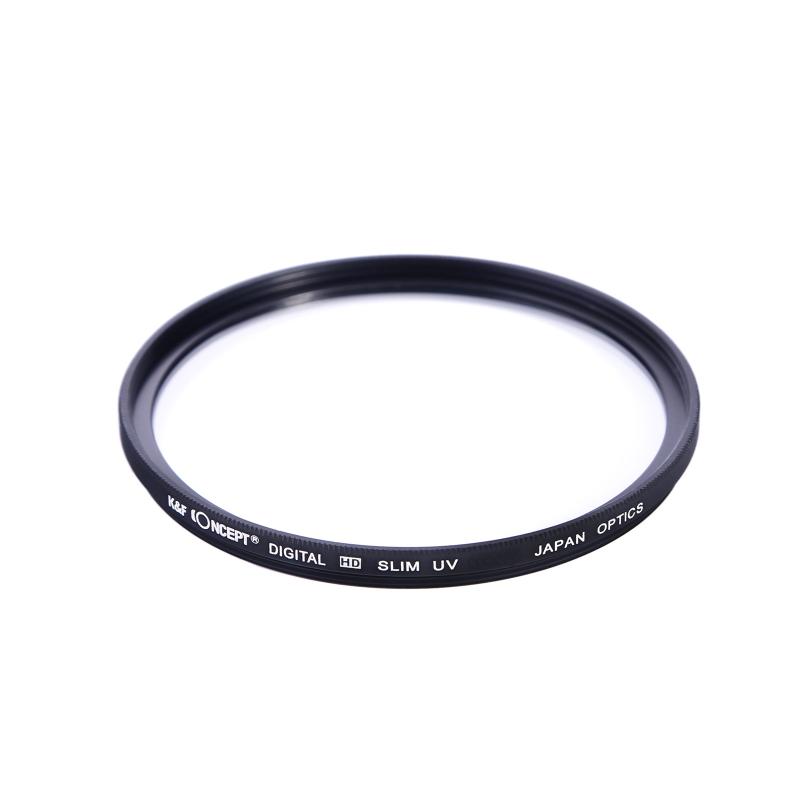
3、 Introduction of closed-circuit television (CCTV) systems (1960s)
Surveillance cameras, also known as closed-circuit television (CCTV) systems, were first introduced in the 1960s. These systems were initially used for security purposes in banks, government buildings, and other high-security areas. The early CCTV systems consisted of analog cameras connected to monitors via coaxial cables, allowing for real-time monitoring of the captured footage.
Over the years, surveillance camera technology has evolved significantly. The introduction of digital technology in the late 1990s revolutionized the industry, making CCTV systems more efficient and versatile. Digital cameras replaced analog ones, offering higher resolution and better image quality. The footage could now be stored digitally, eliminating the need for physical tapes.
In recent years, advancements in surveillance camera technology have further enhanced their capabilities. High-definition (HD) and ultra-high-definition (UHD) cameras have become commonplace, providing crystal-clear images and videos. Additionally, the integration of artificial intelligence (AI) has enabled advanced features like facial recognition, object tracking, and behavior analysis.
The widespread adoption of surveillance cameras has sparked debates regarding privacy concerns and the balance between security and personal freedom. Critics argue that the omnipresence of cameras infringes upon individuals' privacy rights, while proponents argue that they are necessary for public safety and crime prevention.
In light of recent events, such as terrorist attacks and increasing crime rates, the demand for surveillance cameras has surged. Governments, businesses, and individuals are investing in advanced CCTV systems to protect their assets and ensure public safety. However, it is crucial to strike a balance between security and privacy, ensuring that surveillance cameras are used responsibly and ethically.
In conclusion, surveillance cameras were first introduced in the 1960s as closed-circuit television (CCTV) systems. Since then, they have undergone significant advancements, transitioning from analog to digital technology and incorporating features like high-definition imaging and artificial intelligence. While surveillance cameras play a crucial role in security and crime prevention, it is essential to address privacy concerns and ensure their responsible use.

4、 Advancements in digital surveillance camera technology (1990s)
Surveillance cameras, also known as closed-circuit television (CCTV) cameras, have a long history that dates back to the early 20th century. The first known use of surveillance cameras can be traced back to Germany in 1942, during World War II, where they were used to monitor the launch of V-2 rockets. However, it wasn't until the 1990s that significant advancements in digital surveillance camera technology took place.
During the 1990s, the introduction of digital technology revolutionized the surveillance camera industry. Analog cameras were gradually replaced by digital cameras, which offered higher image quality, better storage capabilities, and improved functionality. This shift allowed for the development of more sophisticated surveillance systems that could be easily integrated with other security technologies.
One of the key advancements during this period was the introduction of network cameras, which enabled the transmission of video footage over computer networks. This innovation allowed for remote monitoring and control of surveillance cameras, making it easier to monitor multiple locations from a central control room. Additionally, digital video recorders (DVRs) were introduced, replacing traditional analog tape-based systems and providing more efficient storage and retrieval of video footage.
Since the 1990s, surveillance camera technology has continued to evolve rapidly. Today, we see the widespread use of high-definition (HD) and ultra-high-definition (UHD) cameras, which offer even greater image clarity. Furthermore, advancements in artificial intelligence (AI) and video analytics have enabled cameras to automatically detect and analyze objects, people, and events, enhancing the effectiveness of surveillance systems.
In recent years, there has been a growing concern about privacy and the ethical implications of widespread surveillance. As a result, there have been ongoing debates and discussions about the appropriate use of surveillance cameras and the need for regulations to protect individuals' privacy rights.
In conclusion, while surveillance cameras have been in use since the early 20th century, it was during the 1990s that significant advancements in digital technology revolutionized the industry. Since then, surveillance camera technology has continued to evolve, with the introduction of network cameras, digital video recorders, and more recently, high-definition cameras and AI-powered video analytics. However, the use of surveillance cameras also raises important ethical and privacy considerations that need to be carefully addressed.























